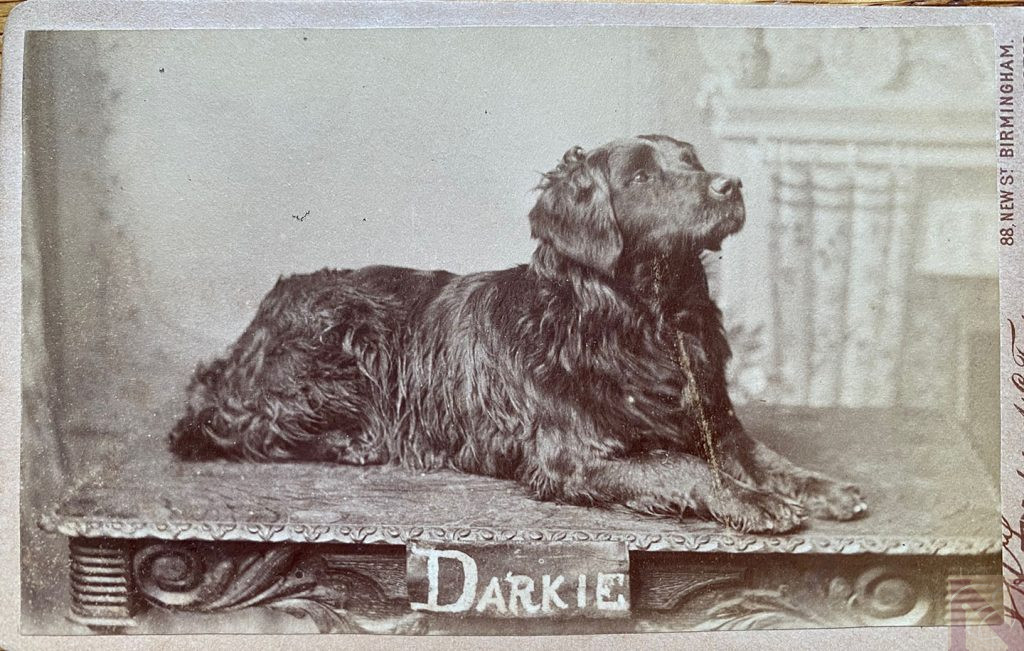
A carte de visite is a photograph mounted on a piece of card the size of a formal visiting card—hence the name. The format was patented by the French photographer Andre Adolphe Eugene Disdéri (1819–89) in 1854.
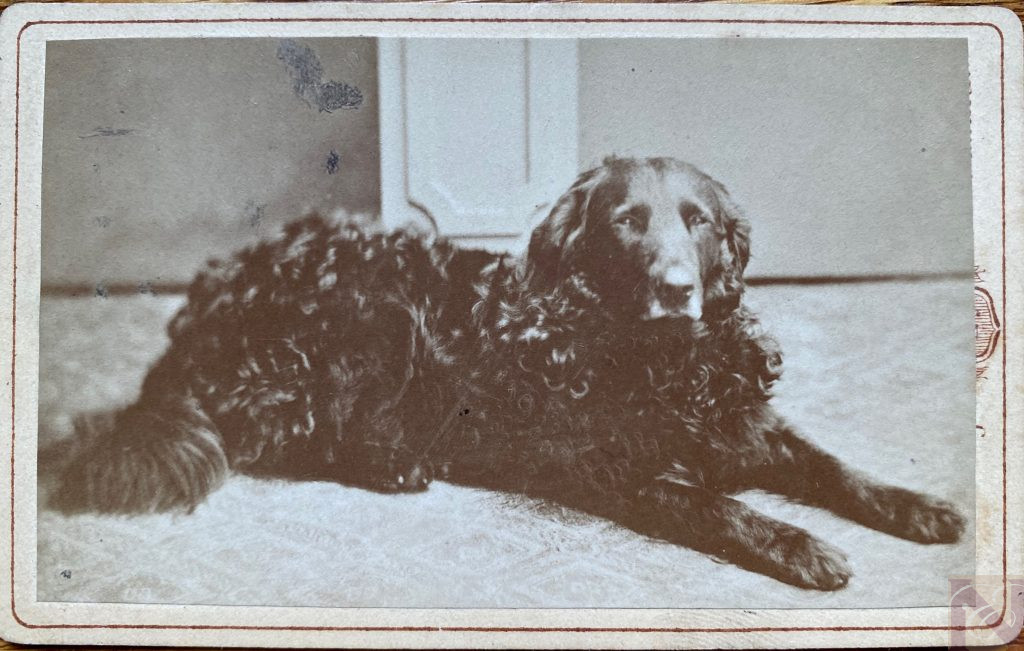
Realising that there was a market for a process which could produce a large number of prints very cheaply, Disdéri devised a way of reducing costs by taking several portraits on one photographic plate.
This required the use of a special camera and many different types were developed.
Some had several lenses, which could be uncovered either individually, or all at the same time to give 4 or 8 photographs on the same plate. Others had a mechanism for moving the photographic plate so that each image was recorded on a different area.
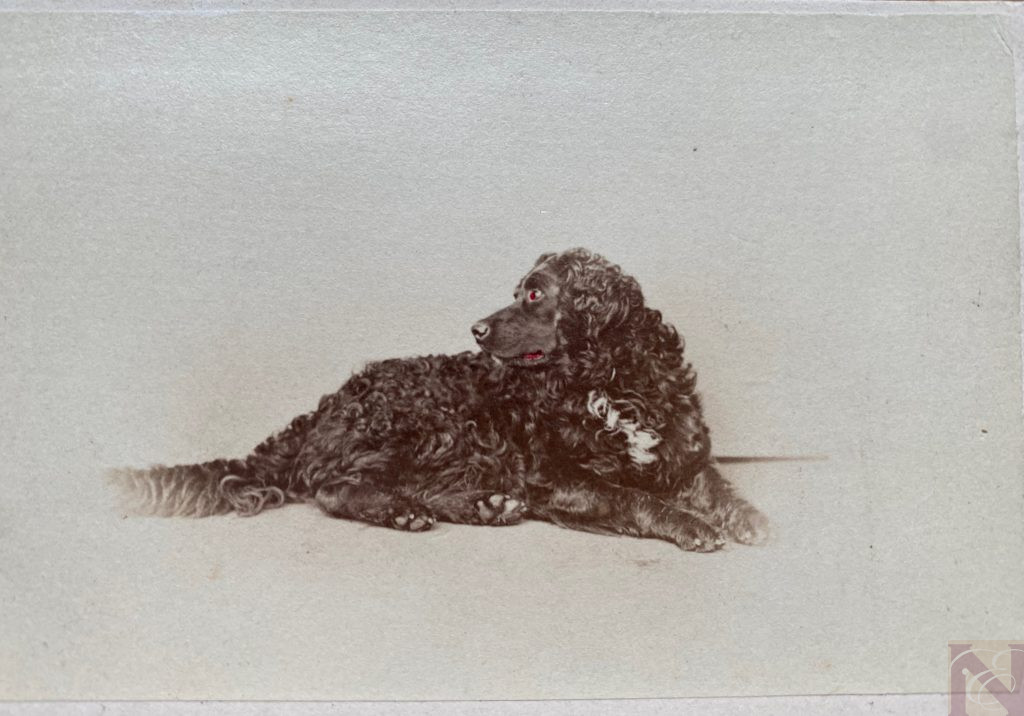
Cartes de visite was introduced to England in 1857. In May 1860, J.E. Mayall took carte portraits of Queen Victoria, Prince Albert and their children. These were published later that year and the popularity of carte portraits soared.
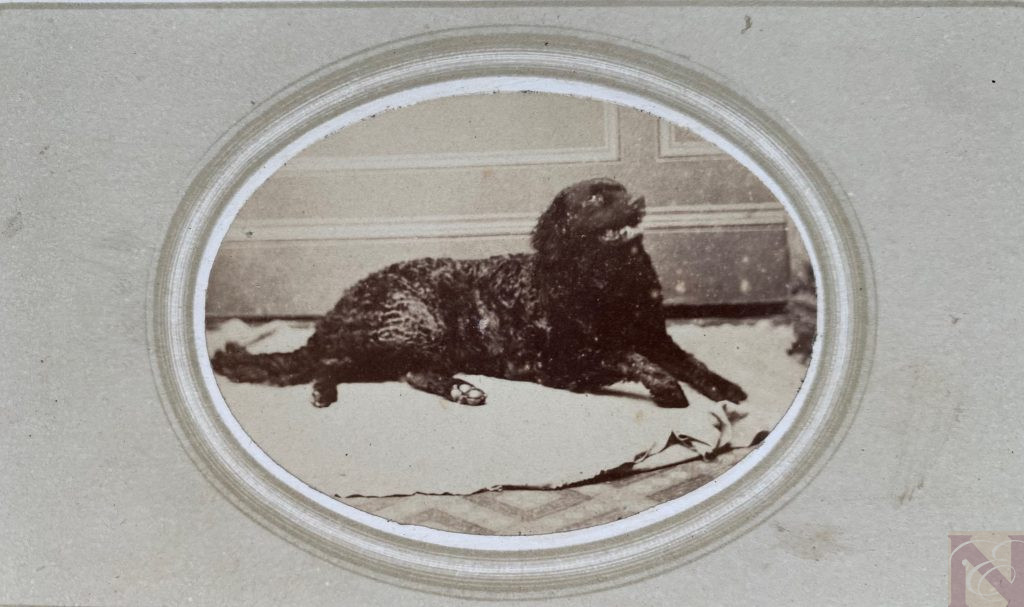
People began to collect portraits of their family, friends and celebrities and mounting them in photograph albums. Celebrity cartes were sold at stationer’s shops in the same way that picture postcards are today.
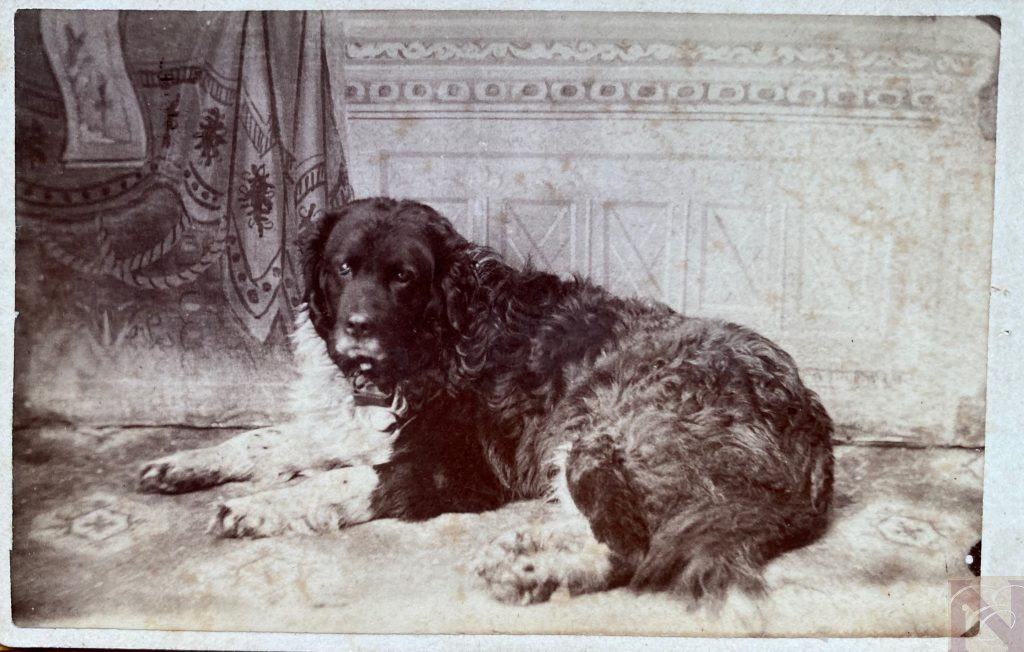
The Carte turned into an early form of greeting cards, essentially. In fact, they’re not unlike the photo greeting cards we still like to send today. People would have their Carte made while they stood with elaborate props or costumes, sometimes revealing their aspirations or hints about their careers. They would order multiple copies and send copies around to their families and friends. In turn, these families and friends would display the Cartes in their homes, thus contributing more and more to the idea of gathering photo albums of loved ones.
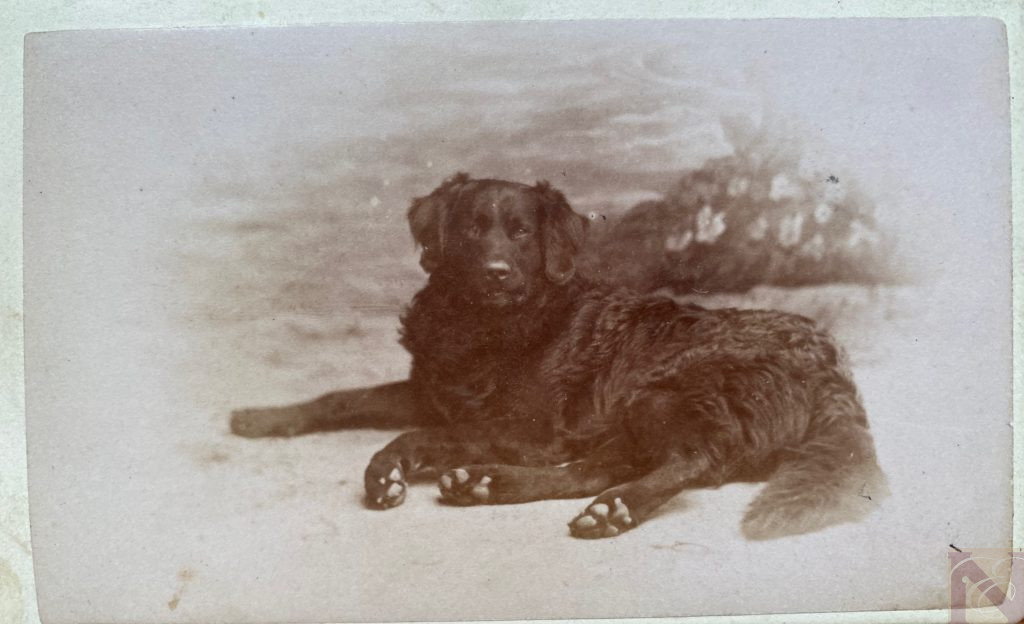
Cartes became popular among all types of people, reinforcing photography as a great equalizer among the classes. Whether you were rich or poor, your Carte would look an awful lot like anyone else’s Carte and everyone was a part of the same trend. As more and more people exchanged Cartes, people also started writing on the fronts and backs of them, telling stories about the images the Carte contained, in essence like a postcard.
More information:
Leave a Reply